Venturing into the deep and majestic forests that hide babbling streams can captivate the hearts of many explorers. However, ensuring personal safety while crossing rivers or streams requires additional knowledge and specific skills. Van Ho Agritage guides us through safe creek crossing techniques in the following sections!
Understanding the Terrain
Before embarking on your journey, it’s crucial to thoroughly research the terrain, weather conditions, and movement methods of the area you plan to visit. Knowing the water’s depth, flow rate, and identifying potential crossing points ahead of time are essential steps in preparing for a safe creek crossing.
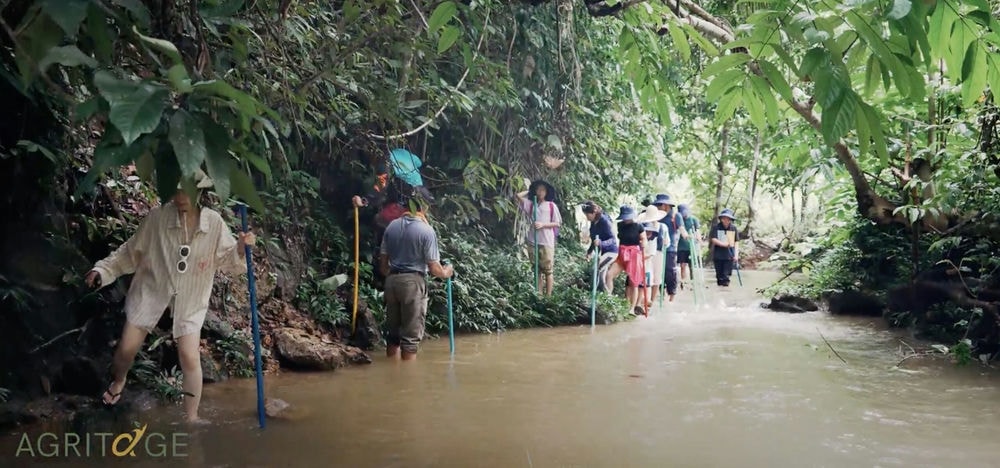
Fully equipped with safety equipment
Besides determining full information about the destination, Van Ho Agritage evaluates that preparing safety equipment is also extremely important during the journey across the water.
According to Van Ho Agritage, the items you need to prepare for going to the stream include: Long rope; throw bag to assist people in distress in bad situations; trekking sticks; life jackets and helmets to protect yourself. There is also a carabiner (multi-purpose hook), safety belt…
Besides, don’t forget to bring common medical items such as: Bandages, gauze, medical tape, disinfectant wet tissue, tweezers, small scissors, antibacterial ointment… just in case. In case an unnecessary accident occurs while traveling.
In addition to support items when going to the stream, clothing during the trip is also something that you need to pay close attention to. You should choose comfortable, quick-drying clothes; Comfortable shoes with good grip and anti-slip soles. At the same time, you need to protect your belongings with a dry bag to ensure they do not get wet during the stream.
Learn stream walking techniques
Before starting your trip, you need to equip yourself with theoretical and practical lessons to ensure safety when going to streams. When participating in crossing rivers and streams in groups, depending on the speed and depth of the water level, you should choose appropriate methods. Van Ho Agritage suggests you some safe stream travel techniques below!
Cross the stream in horizontal lines: This is the simplest way to cross the stream when the water level is below the waist. The whole group forms a horizontal line, using objects that can bear good weight or putting their arms around each other’s shoulders and waists to support each other’s strength. The healthiest and most experienced person – usually the group leader – will stand at the top, in the direction of the flow to reduce water pressure. At the same time, this person counts to order the whole group to step forward at the right distance to avoid being out of line and reducing everyone’s ability to fight the current.
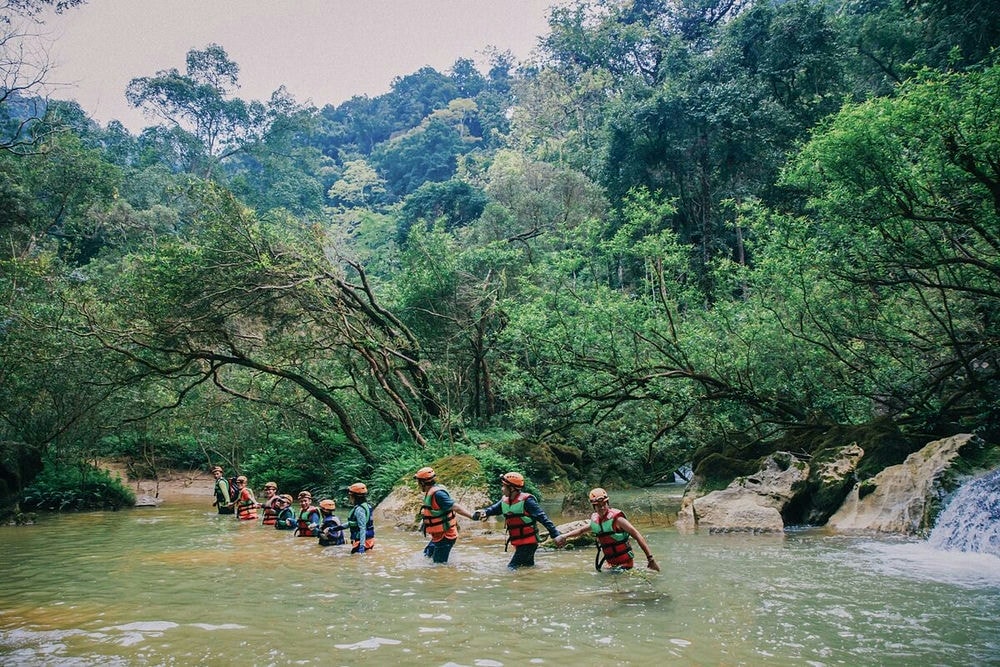
Cross the stream vertically : In cases where the water is waist-high, this method can be applied. Everyone united in a vertical line, each person holding each other’s hand on the shoulder of the previous person. The first person standing in the opposite direction of the flow must be strong to resist the force of the water. You can use a sturdy stick to prop yourself on the river or stream bed as a sticking point. With this technique, the group will step to the side, left or right depending on the direction of movement.
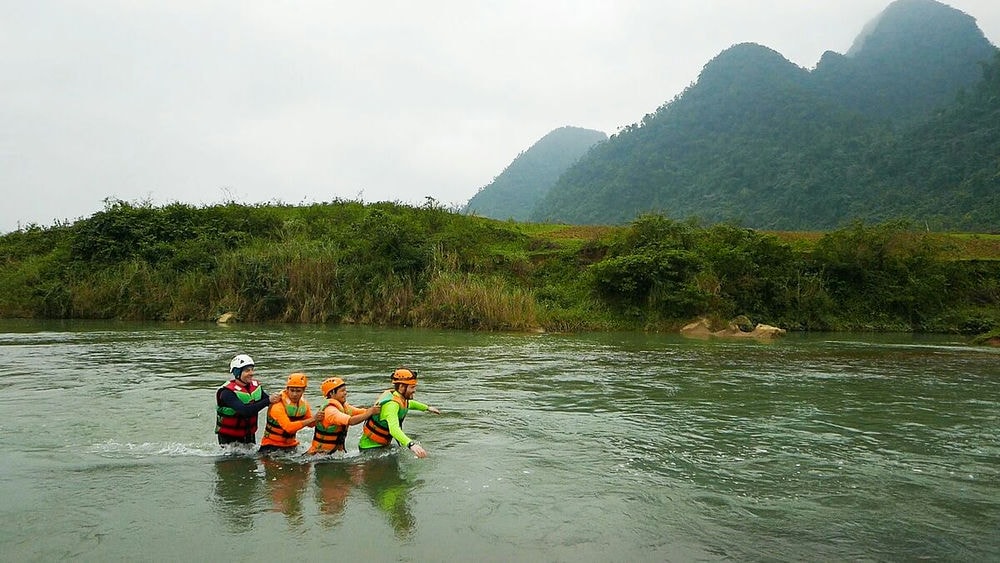
Use stream crossing ropes : Stream crossing ropes can be used for support when the water is high. The person carrying the rope to cross the stream must be experienced, healthy and a good swimmer. The rope to cross the stream must be a floating rope, light and durable. Rope was stretched across the river so the whole group could cling to it. Or members are attached to ropes with belts and karabiners to stay afloat, or swim across rivers and streams as their legs are swept away by the current. The wire crossing rivers and streams must also be about 45 degrees downstream to reduce the push from the current.
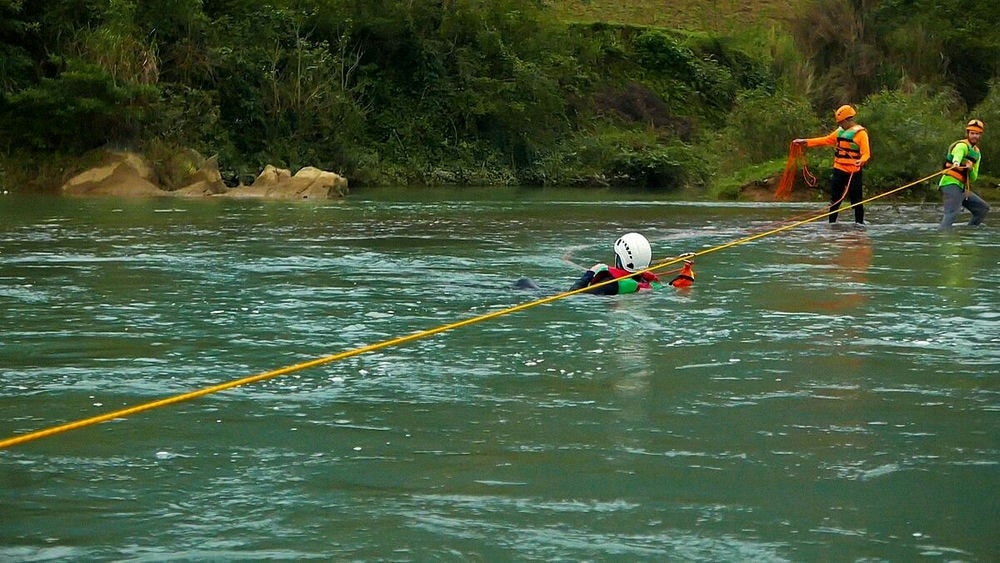
Flying fox stream crossing technique: This is a technique that requires complex setup and high anchor points to create a temporary zipline, helping the whole group to safely cross rivers and streams.
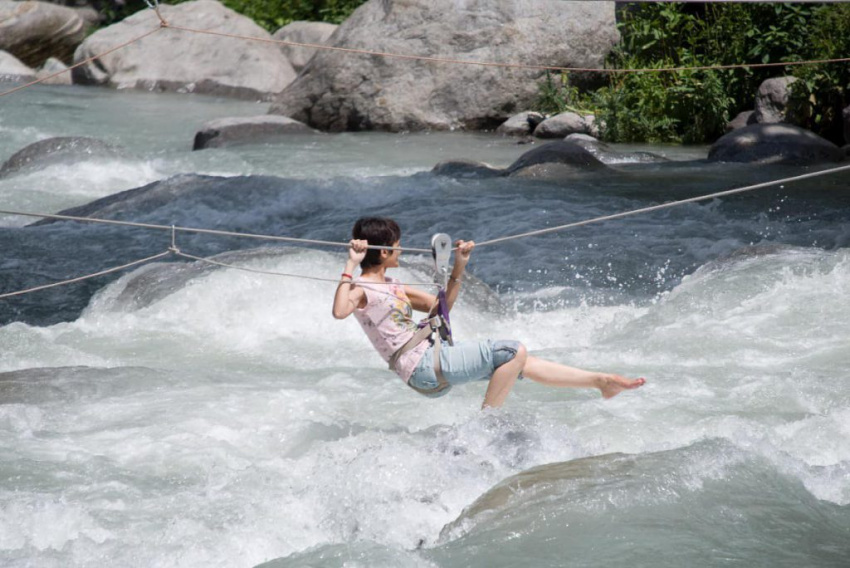
Above are the safe stream travel experiences that Van Ho Agritage wants to share with you. Hope you will find this information useful.






